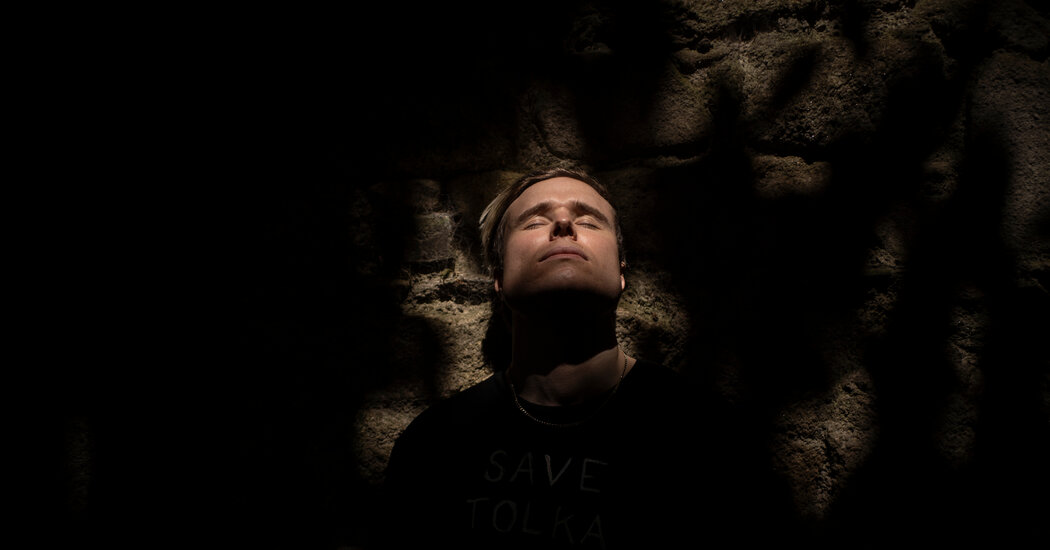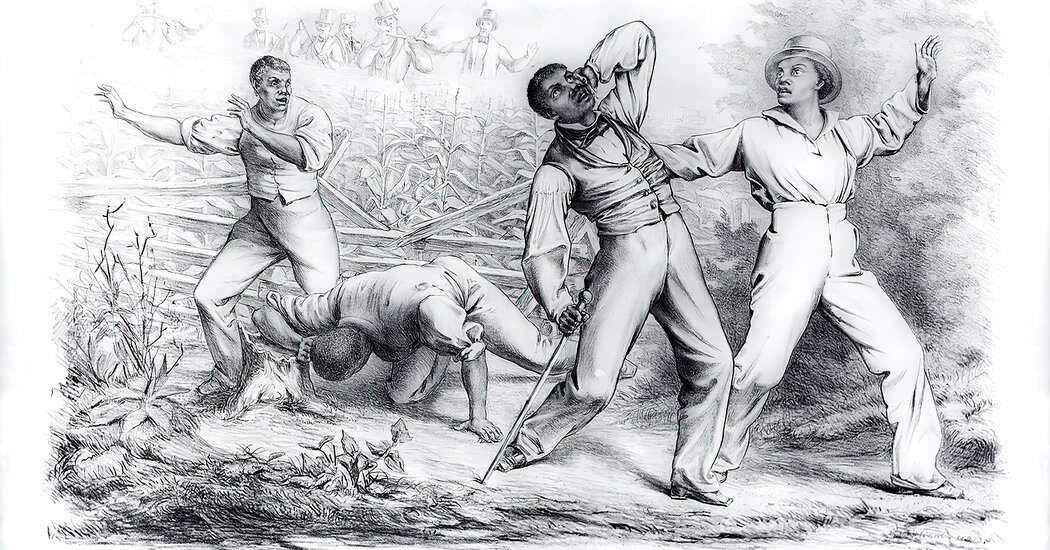The Great British Art Tour: one of the most important women in NHS history | Art and design
The Victorian gothic Great Hall at Queen’s University Belfast is home to more than 60 portraits, from vice-chancellors and academics to medics and poets – and even a circus impresario. Until 2001, however, the only woman represented in the Great Hall was Queen Victoria, in an 1838 portrait by Sir George Hayter. This was to change after the founding of the Queen’s Gender Initiative in 2000, through which a commissioning project was embarked on in collaboration with the university’s Naughton Gallery to diversify the portrait collection and celebrate key women from the institution’s history.
One of the most significant women in modern medicine, Professor Mary (“Mollie”) McGeown, was an obvious choice for the first commission to celebrate these visionary women, and was painted by Laurence Coulter in 2001.
Born in 1923, McGeown enrolled at Queen’s to study medicine in 1940, graduating with honours in 1946. She then studied under the distinguished and formidable Sir John Henry Biggart, who was impressed by her abilities but would not offer her a job because he refused to employ married women (as McGeown had recently become). Having failed to obtain a post at the Royal Belfast Hospital for Sick Children, apparently for the same reason, McGeown instead developed research interests in biochemistry and human metabolism.
In 1953, McGeown secured a fellowship at the Royal Victoria Hospital, Belfast, where she began to build an international reputation specialising in calcium metabolism, hyperparathyroidism and kidney-stone disease. She was chosen to set up and run Northern Ireland’s first dialysis unit at Belfast City Hospital in 1959. With no formal training with the new technology, she and her colleagues taught themselves how to use the dialysis machines. The team developed what became known as the “Belfast recipe” for post-transplantation care, providing life-saving treatment to more than 3,000 patients.
McGeown retired in 1988 and died in Belfast in 2004, aged 81. On the 50th anniversary of the NHS in 1998, she was named as one of 50 women who had contributed most to its success. Her Queen’s portrait is now accompanied by those of 10 other distinguished women in the Great Hall.
You can see more art from Queen’s University Belfast on Art UK here, and find out more on the Naughton Gallery’s website.


